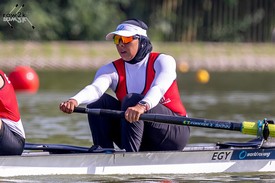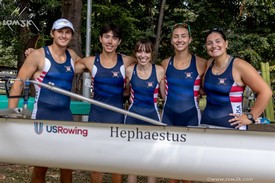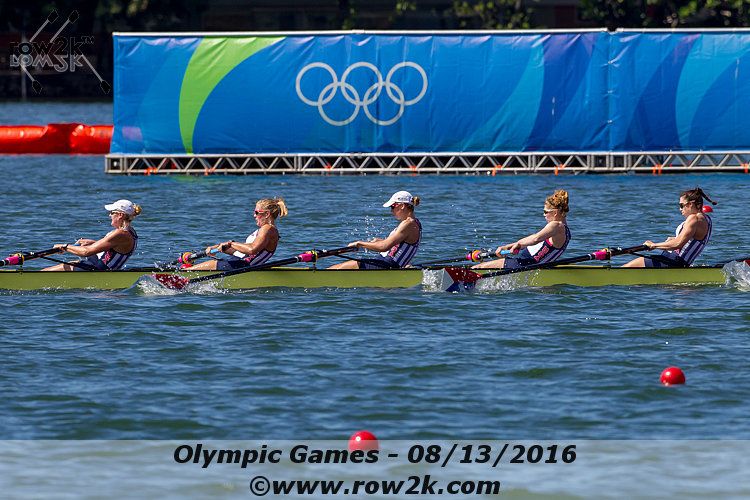
After posting our last article about digging, I got a response from a fellow coach saying that he sees exactly the same thing. But he hit the nail on the head when he said people go deep because it makes them feel like they're working harder.
I couldn't agree more. When the oars go deep, very often we're using smaller, less efficient muscles to do the work, ignoring the larger muscles that would handle the same load with less effort. Mainly I'm talking about hanging off the oar.
To hang - or suspend - our body weight off the oar, we need a good grip. If we death grip the handle, we tend to lock the elbows, everything gets tight, and we force the pressure up into our shoulders. Using our traps instead of our lats makes us feel like we're working much harder because the traps weren't meant to take on such a load.
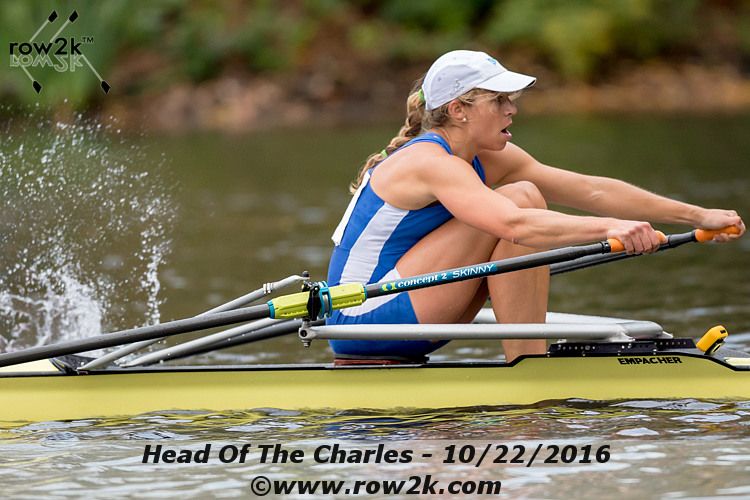
The lats can do it easily but you need to relax the arms in order to engage the lats. Imagine playing tug of war: you would never lock out your elbows. Instead you would plant your feet, hold the rope with stretched but not locked arms and you would lean your weight back against the rope - not up, not down but straight (i.e., horizontally) back as you try to pull the people on the other side across the line. You are looking for the same thing in rowing.

Another visual that might help is to remember that we're not moving the oar through the water, we're moving the boat past the anchored blade. Once the blade is secured in the water, use it to pry the boat past.
We have different weight classes in rowing because it CAN be an advantage to have more weight, but only if we use our weight correctly. As you hang, use your bigger, stronger lat muscles to connect and suspend your body horizontally through as much of the drive as possible while the legs (glutes/quads) push the stomach, ie core, to bow. Wait until the legs are all the way down before actively pulling the arms.
A focus on the abdominal muscles will allow you to use the opposing low back muscles, helping us engage all the major muscle groups during the stroke. Keep the weight as low as possible in the boat and work to avoid applying energy in any vertical direction.
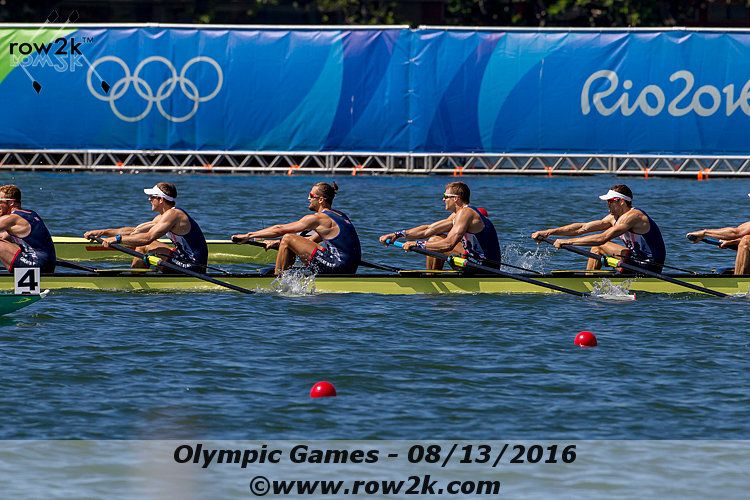
With the emphasis on the core and the suspension of the body, we are seeing a much greater emphasis on layback as can be seen by the photo at the top of this article of the US Women's 8 on their way to winning gold in Rio.
Stay horizontal, stay long, stay fast!
If you enjoy and rely on row2k, we need your help to be able to keep doing all this. Though row2k sometimes looks like a big, outside-funded operation, it mainly runs on enthusiasm and grit. Help us keep it coming, thank you! Learn more.
Comments | Log in to comment |
There are no Comments yet
| |
- Bont Rowing
- Calm Waters Rowing
- Concept 2
- Craftsbury Sculling
- The Crew Classic
- CrewLAB
- Croker
- Durham Boat Co.
- Empacher
- Faster Masters
- Filippi
- Fluidesign
- h2row.net
- HUDSON
- Live2Row Studios
- Nielsen-Kellerman
- Oak Ridge RA
- Peinert Boat Works
- Pocock Racing Shells
- Race1 USA
- RowKraft
- Rubini Jewelers
- Vespoli USA
- WinTech Racing
- Bont Rowing
- Calm Waters Rowing
- Concept 2
- Craftsbury Sculling
- The Crew Classic
- CrewLAB
- Croker
- Durham Boat Co.
- Empacher
- Faster Masters
- Filippi
- Fluidesign
- h2row.net
- HUDSON
- Live2Row Studios
- Nielsen-Kellerman
- Oak Ridge RA
- Peinert Boat Works
- Pocock Racing Shells
- Race1 USA
- RowKraft
- Rubini Jewelers
- Vespoli USA
- WinTech Racing








